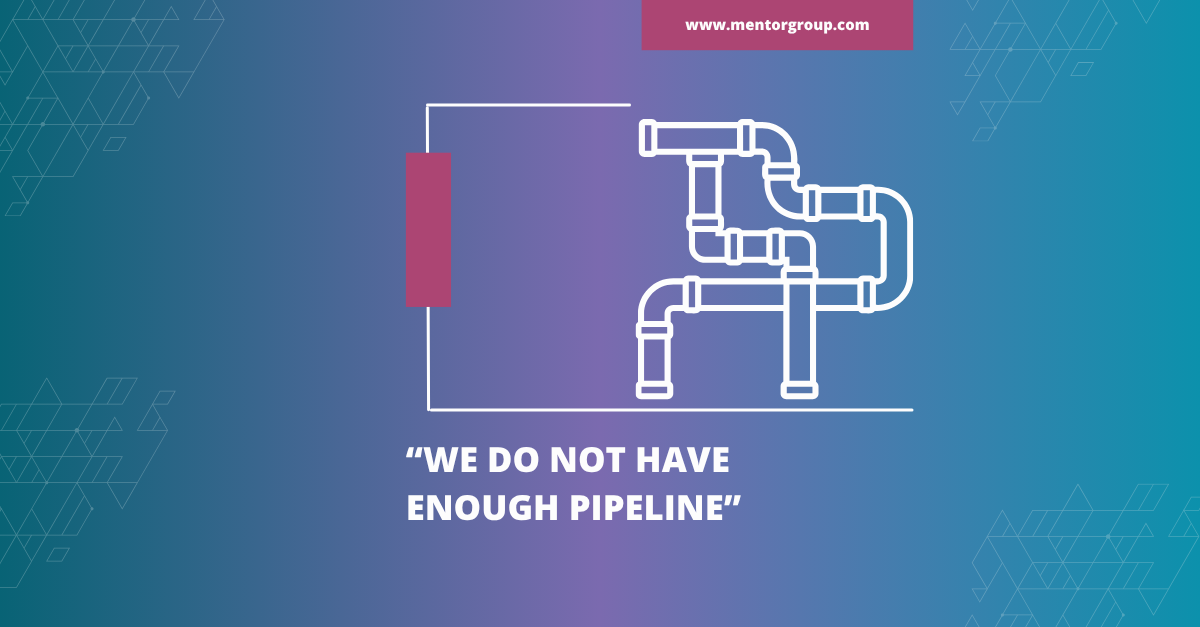Sales is dead. We touched on this idea in our previous blog post which you can read here, and the last part of that blog stated that whilst sales is dead, selling is alive and kicking.
This might seem like a pedantic, hair-splitting point to make, but it's crucial to understand that sales is not dead because selling has become obsolete.
Sales is dead because how we've been selling has become obsolete.
We'll Always Have Sellers - But Are They Any Good?
For as long as there is a marketplace, there will always be sellers and buyers, which means that for as long as there is a marketplace, there will be a need high quality selling.
Fundamental skills, like negotiation, stakeholder management, or qualifying well are evergreen and will form the foundation of every successful seller's toolkit. But the "softer" elements of selling, from true soft skills like empathy and emotional intelligence to principles like being tech literate and agile, are now the key differentiators between a struggling seller and a successful one - and even between good and great.
The gap between struggling and successful sellers seems to be widening, and we see this gap most clearly in the introduction of Gen Z into the marketplace.
These new sellers are being taught the same principles in the same ways with the same biases that the previous generation was being taught in the early 2000, and the 90s, and the 80s, and it's simply not sticking.
That's not the fault of Gen Z, to be clear; this is an issue with how we sell, and how we train new sellers to sell.
The Art of Selling Has Remained Static - The World Has Not
Ultimately, the art of selling has remained static, and the world has moved rapidly beyond the familiar boundaries we established.
So the broad answer is fairly clear; if how we've been selling has become obsolete, then we must change how we sell.
But what is it that we need to change?
This is an important question, and one that we will address in the next blog as the final part of this mini series.
But before we can answer that question, there are two critical barriers that need to be addressed.
Small Windows and Siloed Departments
The first is that buyers are spending less time than ever before in front of a seller, and that window of opportunity is only going to get smaller. In research from Gartner, customers are spending as little as 17% of their buying journey in contact with a sales team.
If the buyers aren't spending time with sellers, then whether it be directly or indirectly, they're actually spending their time with marketing.
A buyer's self-directed research will put them on your organisation's website, and on your social media channels, consuming all the different types of media and content created by your marketing department.
More than ever before, marketing has incredible (if difficult to quantitatively prove) influence over the buying journey.
Which brings us to the second barrier...
There is a crippling disconnect between sales and marketing.
Siloed departments are a ship sinker for any business, and the departments most often siloed from each other, despite the obvious need for their collaboration and synchronicity, are sales and marketing,
Sellers are frustrated with marketing because they don't know where to find marketing collateral, or the collateral they haven't isn't relevant to the deals in their pipeline, or they simply feel like they don't have enough time to dig around and search for marketing materials.
Marketeers are frustrated with sales because they spend enormous amounts of time, energy, and money creating marketing content that sellers don't bother to use, or they get told that what they've created isn't relevant even though nobody from sales had a single conversation with them to offer any direction about what they actually needed.
When sales and marketing are misaligned, and operating independently from each other, every stage of the buying cycle begins to take longer, and deals start falling through the cracks, and morale starts to drop, which of course makes the buying stages take even longer, and more deals start falling through the cracks - the snowball is easy to see and very hard to stop.
So, back to our question; what is it we need to change? Let's answer that question with a statement, or rather a declaration of intent.
Sales is dead.
Long live revenue.







